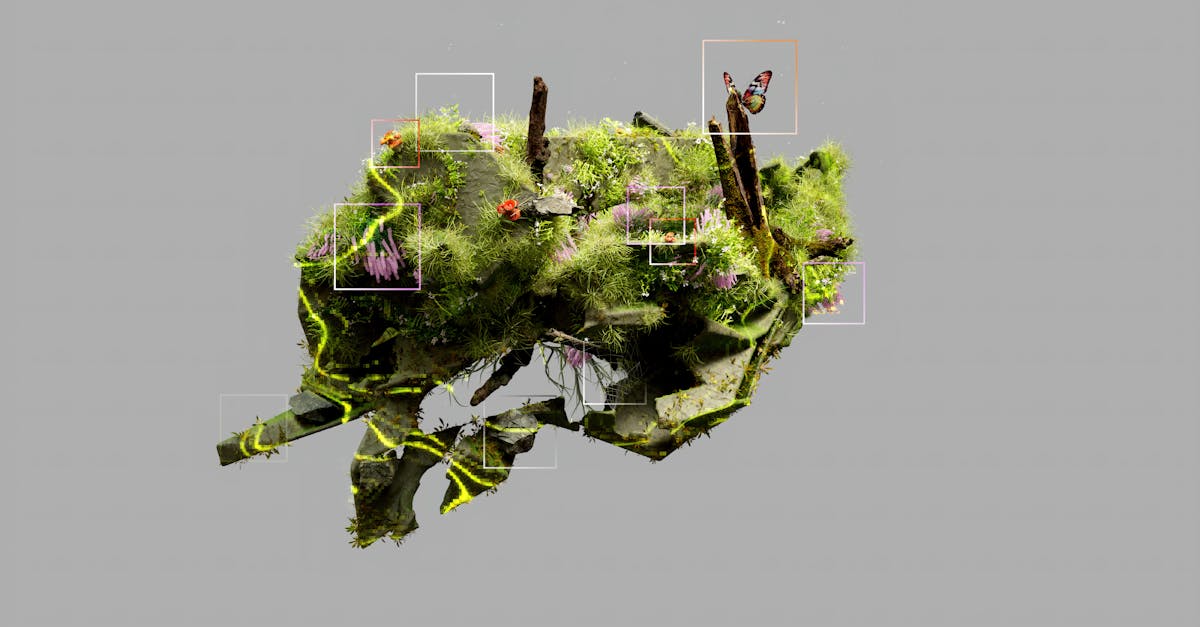Arab League
- Rejection of U.S. Gaza Plan: The Arab League rejected the U.S. President’s Gaza relocation plan, deeming it unacceptable. This highlights the League’s role in collectively addressing and opposing policies impacting Arab territories and interests.
- Definition: The Arab League is a voluntary association of Arabic-speaking countries, where Arabic is an official language, located in the Middle East and parts of Africa.
- Formation and Purpose: Formed in 1945 with six founding members (Egypt, Iraq, Jordan, Lebanon, Saudi Arabia, Syria, later joined by Yemen), it aimed to address postwar colonial divisions and opposition to the creation of a Jewish state in Palestine. Its core goals are to strengthen relations, coordinate collaboration, safeguard member independence and sovereignty, and provide collective consideration of member affairs.
- Membership: Currently comprises 22 member states. Brazil, Eritrea, India, and Venezuela have observer status.
- Decision Making: The Council, the highest body, has representatives from each member state, each having one vote. Decisions are majority-based and binding only on consenting states.
- Secretariat: The General Secretariat manages the League’s daily operations, headed by a Secretary-General appointed every five years.
- Objectives: It aims to promote peace, security, and stability through conflict prevention, dispute resolution, and solidarity.
Dokra Art
-
Dokra Artwork Presented to French President: Prime Minister Modi gifted French President Macron a Dokra artwork, showcasing Indian tribal artistry. This act highlights India’s cultural heritage on the international stage and strengthens diplomatic ties.
-
Description of the Dokra Piece: The artwork depicts musicians in dynamic poses and is adorned with studded stonework. This signifies the importance of music in tribal life.
-
Dokra’s Origins and Technique: Dokra is an ancient metal-casting tradition originating from Chhattisgarh. It uses the lost-wax technique to create intricate brass and copper sculptures.
-
Material and Artistry: Dokra artifacts are crafted from brass and each piece is handcrafted, which makes each Dokra sculpture unique and not the same as the other.
-
Cultural Significance: The gift underscores India’s commitment to celebrate its artistic legacy on the global stage.
-
Threat to Dokra Artisans: Rapid urbanization and mechanized production pose a threat to the livelihoods of traditional Dokra artisans, endangering the ancient craft.

MITRA Platform
- MITRA Platform Launch: SEBI introduced the “Mutual Fund Investment Tracing and Retrieval Assistant” (MITRA), a new digital platform.
- Purpose: To help investors track and reclaim inactive or unclaimed mutual fund folios.
- Key Objectives: Encourage investors to find forgotten investments, update KYC, and reduce non-KYC compliant folios.
- Problem Addressed: Investors often lose track of their MF investments due to outdated contact info or unawareness. Inactive folios can be susceptible to fraud.
- Functionality: MITRA provides a searchable database of inactive and unclaimed folios across the industry, allowing investors to identify overlooked investments or any investments made by any other person for which he/she may be rightful legal claimant.
- Developed by RTAs: The platform is developed by Registrar and Transfer Agents (RTAs).
- Inactive Folio Definition: A folio is considered inactive if there are no investor-initiated transactions (financial or non-financial) for ten years, despite a unit balance.
- UHPC Role: The Unit Holder Protection Committee (UHPC) will now review inactive folios, unclaimed dividends, and redemptions to reduce such cases.
- Stakeholder Awareness: SEBI directs all stakeholders to promote investor awareness of this initiative.
P-8I News
-
India Eyes More P-8I Aircraft: India is considering reviving a proposal to acquire six additional P-8I long-range maritime patrol aircraft from the U.S. Discussions are expected during talks between Prime Minister Modi and the U.S. President.
-
Strategic Importance: The P-8I is crucial for long-range surveillance in the Indian Ocean Region (IOR), especially with the growing Chinese naval presence.
-
Existing Fleet: The Indian Navy currently operates 12 P-8I aircraft acquired in two previous deals.
-
Procurement History: A deal for six more P-8Is was approved in principle back in 2019 and U.S. State Department approved the possible sale of six additional P-8I aircraft and related equipment, a deal then estimated to cost $2.42 billion in 2021.
-
Capabilities: The P-8I excels in anti-submarine warfare (ASW), anti-surface warfare (AsuW), intelligence, surveillance, and reconnaissance (ISR) missions. It features advanced sensors and weapons systems.
-
Complementary Assets: The acquisition of MQ-9B Sea Guardian UAVs and MH-60R multi-role helicopters will complement the P-8I’s capabilities, reducing strain on manned platforms and enhancing anti-submarine warfare capabilities. The Navy will begin receiving the MQ-9B from January 2029 onwards.
Rig Creation
-
Launch: India’s first indigenous Automated Bio Medical Waste Treatment Plant, named “Sṛjanam,” was launched at AIIMS New Delhi by the Union Minister.
-
Innovation: “Sṛjanam” is an automated biomedical waste treatment rig developed by CSIR-NIIST.
-
Functionality: It disinfects pathogenic biomedical waste (blood, urine, etc.) without using incinerators.
-
Environmental Benefit: Offers an environmentally friendly alternative to incineration.
-
Efficiency: Has a daily capacity of 400 kg, initially handling 10 kg/day.
-
Safety: It provides a safer and more efficient approach by reducing risks of human exposure and accidents.
-
Validation: Third-party validated for antimicrobial action; treated material is safer than organic fertilizers.
-
Significance: A significant advancement in the sustainable management of biomedical waste.
-
Government Vision: Aligns with the government’s “Waste to Wealth” and “Viksit Bharat” initiatives.
-
Context: Addresses the challenge of 743 tonnes of daily biomedical waste generation in India.
-
Features: Imparts a pleasant fragrance to the treated waste.

Mpox
- What Mpox Is: Mpox is a zoonotic viral illness, caused by the monkeypox virus. It causes skin rash/lesions, fever, headache, muscle aches, and swollen lymph nodes.
- Transmission: Spread through close contact with infected animals or people, touching contaminated materials, or sexual contact. It can also be passed from mother to fetus.
- Global Concern: The WHO declared mpox a global health emergency in 2022. Outbreaks have been driven by the clade 2b strain, and recently, a more potent variant, clade 1b, has also been reported.
- STD Debate: There’s a scientific debate on whether mpox should be classified as a sexually transmitted disease (STD).
- Arguments for STD Label: During the 2022 outbreak, sexual transmission was common, mainly among men who have sex with men. Labeling it an STD could focus public health interventions (vaccinations, testing), and awareness.
- Arguments Against STD Label: Some argue most historical outbreaks in Africa had little sexual transmission, and classifying it as STD could lead to less attention towards vulnerable groups, and increase stigma.
- Stigma Concerns: Public health experts in Kerala, India, caution that labeling mpox an STD could backfire due to the stigma associated with it, potentially hindering containment efforts.
- Severity: Mpox symptoms are generally mild, often resolving on their own. Current mortality rate is low.
Fulani People
-
Ancient Origins: The Fulani, a large pastoral group in Africa, have roots dating back to the ‘Green Sahara’ period (12,000–5,000 years ago), indicating a long history tied to African pastoralism.
-
Geographic Distribution: Primarily located in the Sahel/Savannah belt across West Africa, with significant populations in Nigeria, Mali, Guinea, Senegal, and Niger.
-
Complex Genetic History: A recent study highlights a complex genetic history shaped by migrations and interactions with North and West African groups, including ancient connections to modern Moroccan populations like the Berber.
-
Diverse Lifestyles: Fulani communities include nomadic herders (Makiyaya), those living in towns (Fulanin Soro), and those in forests (Bararo), demonstrating a range of lifestyles.
-
Cultural Significance: Known for a rich culture that values family, community, strong kinship ties, gender roles, elaborate rituals, and traditions intertwined with Islam and a connection to the land.
-
Artistic Traditions: Fulani women are recognized for their skills in weaving, craftsmanship, and elaborate hairstyles adorned with decorative elements. Fulani are well known for the delicate decoration of utilitarian objects such as milk bowls that reflect their nomadic and pastoral lifestyle.
-
Social Structure: Fulani society is an egalitarian, in marked contrast to that of other Muslim groups, such as the Hausa.
-
Caste System: Fulani society features a caste system with four categories which include traders, nobility, blacksmiths and successors of slaves of rich Fulani people.
-
Alternative Names: They are also known as Peuhl and Fula.
Hindon
- Severe Pollution: The Hindon River is heavily polluted, with recent large-scale contamination due to the deposition of huge sludge, silt, and leftover puja material near the GT Road stretch in Ghaziabad. This exacerbates the existing pollution problem.
- Declared a ‘Dead River’: In 2015, the Central Pollution Control Board (CPCB) declared the Hindon a ‘dead river’ and unfit for bathing in several sections due to its extreme pollution levels.
- Source and Course: Originating in the Siwalik Hills of Uttar Pradesh, the Hindon flows for 400 km through the industrial belt of Western Uttar Pradesh before joining the Yamuna River in Noida.
- Tributaries: The Kali (West) River and Krishni River are its main tributaries.
- Historical Significance: Archaeological findings along the Hindon River reveal traces of the Harappan civilization, dating back to 2500 BC.
- Cities along the River: The Hindon flows through cities like Saharanpur, Muzaffarnagar, Meerut, Baghpat, Ghaziabad, and Noida.
- Causes of Pollution: The river’s pollution stems from urban, agricultural, and industrial waste being released into its waters without adequate treatment.
- Catchment Area: The Hindon has a catchment area of approximately 7,083 sq. km.
Einstein Ring
- Discovery: The ESA’s Euclid space telescope found a rare Einstein ring around a galaxy nearly 590 million light-years away.
- Definition: An Einstein ring is a ring of light formed by gravitational lensing, where a massive object (galaxy or cluster of galaxies) bends and amplifies the light from a more distant galaxy.
- Gravitational Lensing: This phenomenon occurs when light from a distant source is distorted by the gravity of a massive object (gravitational lens) between the source and the observer.
- How it works: The foreground galaxy (NGC 6505 in this case) acts as a gravitational lens, bending and magnifying light from a distant galaxy located 4.42 billion light-years away.
- Significance: Einstein rings help scientists investigate dark matter (believed to make up 85% of the universe’s matter) and study distant galaxies that might otherwise be invisible.
- Rarity: Less than 1% of galaxies exhibit Einstein rings, making them a valuable find.
- Visibility: Einstein rings are not visible to the naked eye and require space telescopes like Euclid for observation.
- Historical Context: Predicted by Albert Einstein’s theory of relativity; the first one was discovered in 1987.
- Benefits of Study: Provides insights into dark matter’s gravitational effects and information about the universe’s expansion.